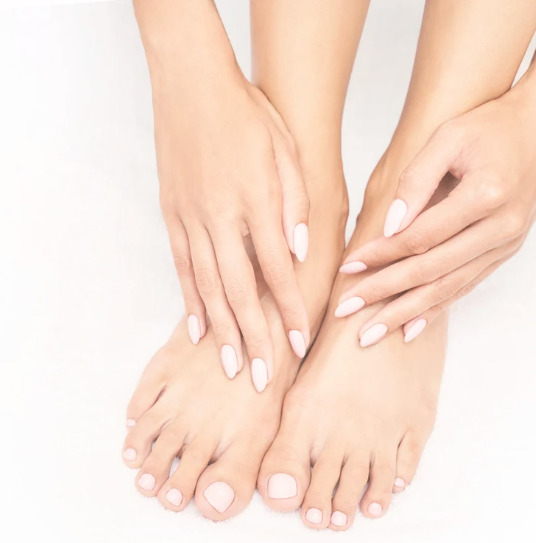What is Onychogryphosis?
Onychogryphosis or Ram’s horn nails is a nail condition brought on by sluggish nail plate growth. The nail plate thickens opaquely and then becomes more yellow-brown in color, elongating and becoming more curved. Congenital onychogryphosis has been reported in a few cases, and it can also be seen in a number of uncommon genodermatoses. Elderly individuals, those who receive poor personal care, and patients with dementia are more likely to experience it.
What causes onychogryphosis?
Onychogryphosis can be a hereditary disorder that happens within the first few years of development. The exact reason is not known but some typical causes or associations are:
- Incorrect footwear
- Fungal infection
- Bunions
- Skin conditions e.g. psoriasis or syphilis
- Diabetes
- Trauma to the toenail or nail matrix
In onychogryphosis, the nail plate becomes hypertrophied and also uneven at the proximal matrix (the nail growth plate).
What are the complications of onychogryphosis?
The complications of onychogryphosis may include:
- An ingrown toenail
- Paronychia
- Secondary onychomycosis (fungal nail infection)
- Subungual gangrene (rarely).
What are the clinical features of onychogryphosis?
The clinical features of onychogryphosis include:
- Involves one or both great toenails
- Opaque, yellow–brown thickening of the nail plate with elongation and increased curvature
- A ‘ram’s horn’ or ‘oyster-like’ appearance
- The nail plate initially growing upwards and deviating in a lateral direction towards the other toes
- The nail bed exhibiting an irregular surface marked by striations that are most commonly transverse rather than longitudinal.
Are you suffering from this condition? At The Chelsea Clinic, we can help. One of our podiatrist can assist and then recommend what treatments are best to get you back on track.  Podiatrist South Kensington
Podiatrist South Kensington
Schedule an appointment here or you may call us at +44 (0) 207 101 4000. 
We hope you have a feetastic day! 

-The Chelsea Clinic and Team


 Podiatrist South Kensington
Podiatrist South Kensington




